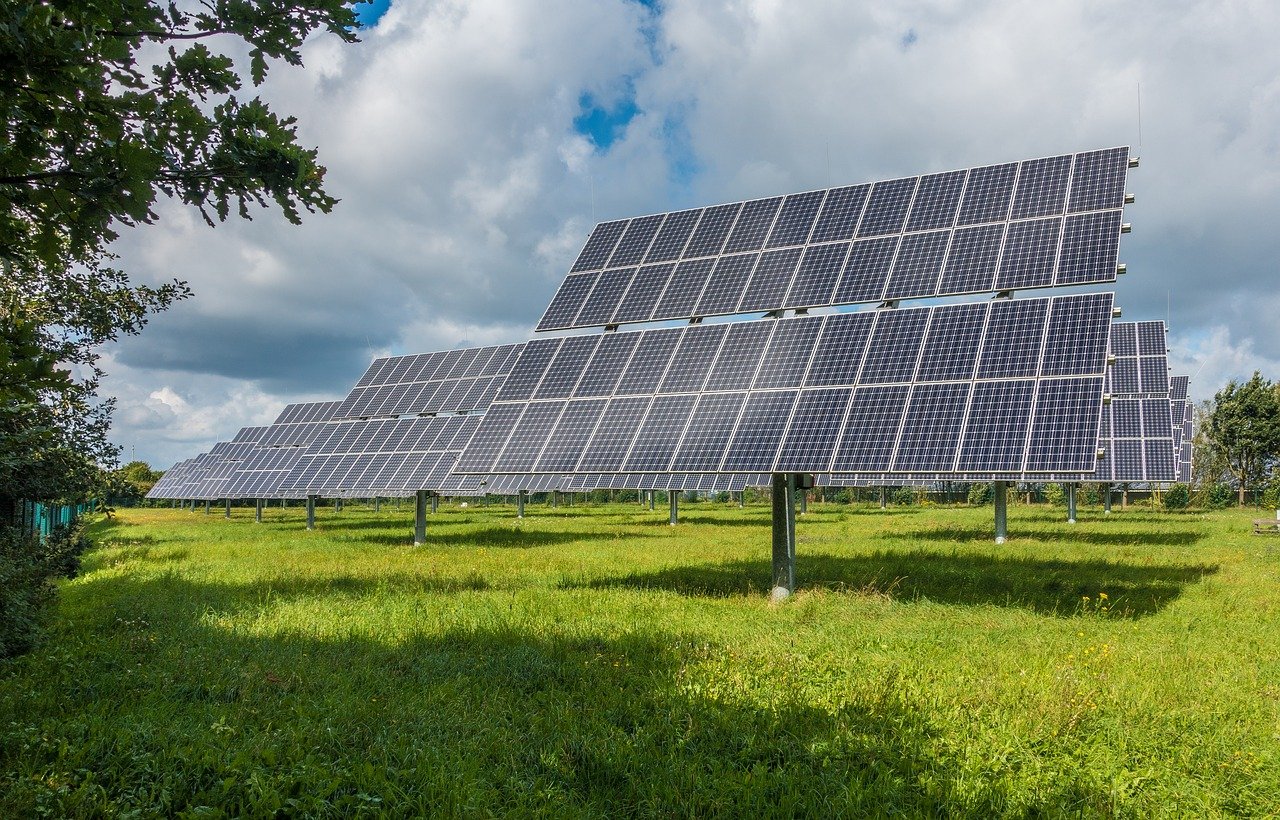Glossary of Solar Energy Terms

Solar energy is cutting edge technology growing into mainstream power. You've probably seen a few panels on rooftops or attached to light poles along the highway. Maybe you have a few panels at home to help your family cut costs, or maybe your school is working on a clean energy project. As this type of power becomes more popular and accessible, you're going to see more of it, especially in new buildings. Understanding how it works now is important, but it will be even more important in a few years. That isn't always easy, though, when professionals and scientists jump straight into jargon without stopping to explain. When people talk about solar power, they use a lot of technical terms, but you don't have to be a scientist to keep up to speed. This quick glossary will help you understand exactly what teachers, techies, and installation pros are talking about. Once you understand the language, it's easier to speak solar.
Alternative Energy - Also called renewable energy, this type of power comes from sources that won't run out. Fossil fuels aren't limitless, but we'll never run out of sunlight.
Ampere (Amp) - You may already know this term. An amp is a measurement of electrical power. You can find out how efficient a power-generating device is by measuring the amp per hour ratio (Ah/AH).
Array - An array is a group of cells/modules. Since a single cell can't usually generate enough energy to complete a specific task, most panels feature an array.
Balance of System (BOS) - An array has to connect to something. The BOS is all the technology and hardware in a solar panel that isn't a cell.
Building-Integrated Photovoltaics (BIPV) - This PV technology isn't added to a building that was built to integrate with the general grid. Instead, it's designed for PV technology, which is integrated into construction instead of added in later.
Charge Controller - Many solar power set-ups feature batteries that store power to use when the sun isn't shining. The charge controller protects the battery by controlling how much power goes in at a time.
Disconnect Switch - This is just the array's off switch. Although solar power technology is designed to stay on, just like the grid stays connected to your home, sometimes you may need to turn it off if there are signs of a malfunction or if it's time for maintenance. Performing maintenance on an active electrical device is never a good idea.
Efficiency - Efficiency is the term used to describe how well a cell converts sunlight into power. The higher the efficiency, the more power is produced.
Electrical/Utility Grid - The grid is the existing infrastructure that delivers more people's power. Power lines are the most visible part of the grid in your neighborhood, but massive power stations and neighborhood power transformers are also part of the grid.
Interconnection Agreement - Since most homes and businesses are designed to be part of the grid, when they add solar power they make special arrangements with their power company. This may mean they actually get paid for any power they produce but don't use.
Inverter - The inverter is in charge of making sun-gathered power useful. It converts the direct current (DC) power generated by the panel into alternating current (AC), which most homeowners and businesses use. It manages the power supply through things like voltage and ground fault protection, too.
Irradiance - This term refers to how much light strikes a particular section of PV material. It's a measure of the power of the sunlight, and certain times of day provide higher irradiance. These peak hours are crucial for gathering and storing power.
Photovoltaic (PV) - This technology uses material called semiconductors to transform sunlight into power. When sunlight hits these materials, photons lose some electrons, which go into the PV material to complete a circuit, which generates electricity.
Solar Cells - Also referred to as "modules," these individual pieces of tech do all the hard labor. They are the individual pieces of PV that convert sunlight into useable energy. Since a single cell isn't very powerful, they're usually grouped together in an array.
More Resources on Solar Energy
- About Solar Energy
- Solar Energy: A Student's Guide to Global Climate Change
- Solar Energy Basics
- Solar Explained
- Cutting Edge Solar Technology
- International Space Station Solar Arrays
- How Has NASA Improved Solar Energy?
- What's Happening in Solar
- The Future of Solar is Bright
- The Future of Solar Energy
- Solar Does What?
- 7 Amazing Uses for Solar Power
- 10 Surprising Solar Energy Facts
- Solar Calculator: Cut Costs
- 10 Facts You Probably Didn't Know About Solar Energy
- Top 10 Residential Uses for Solar Power
- The Surprising Math of Getting the World on Clean Energy
